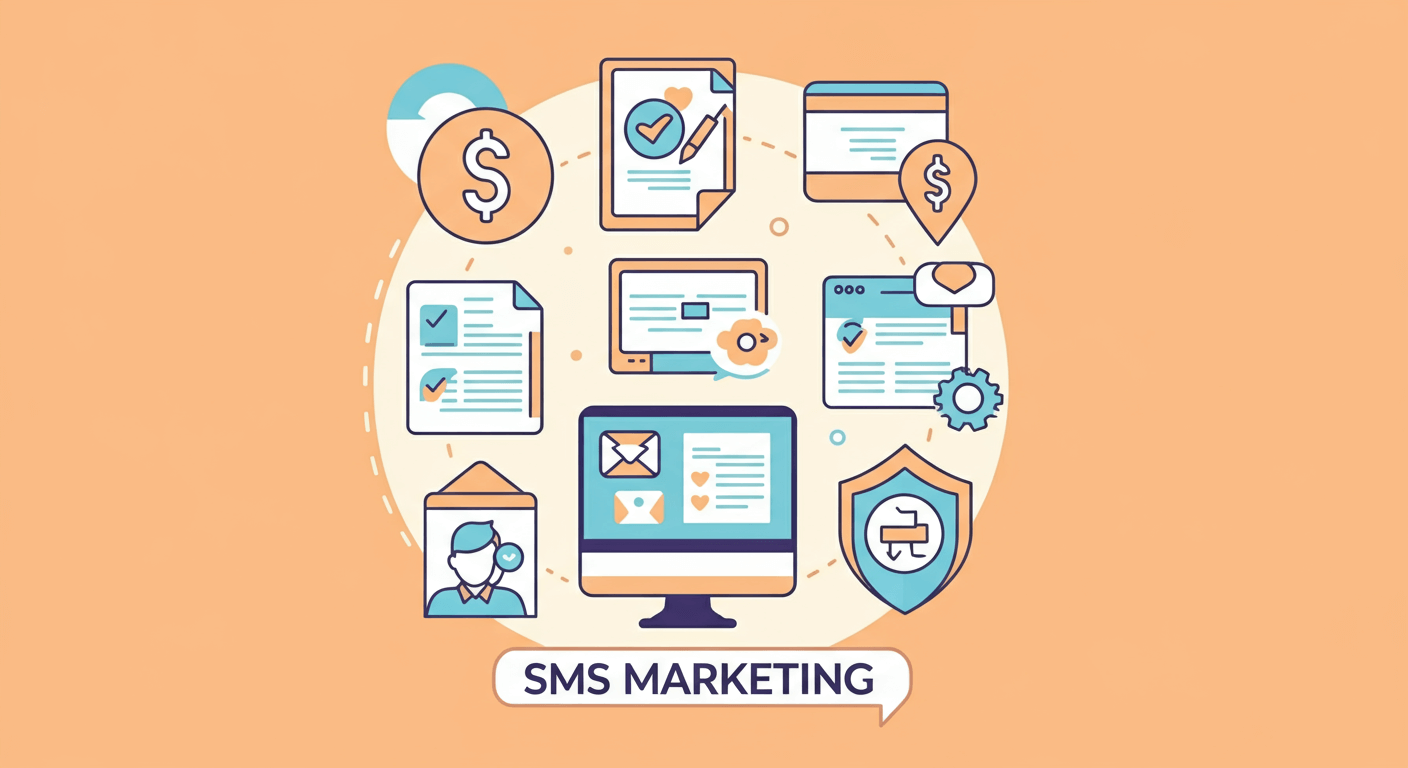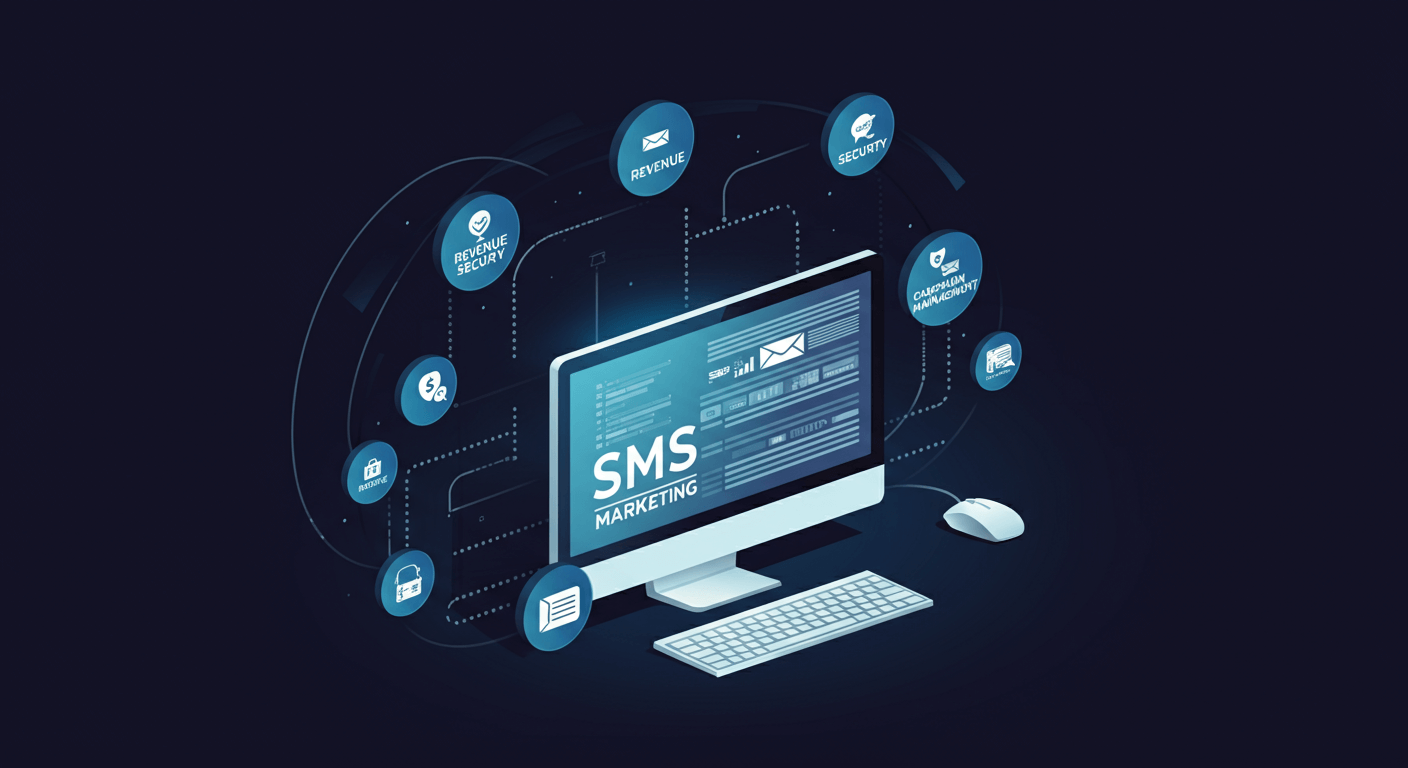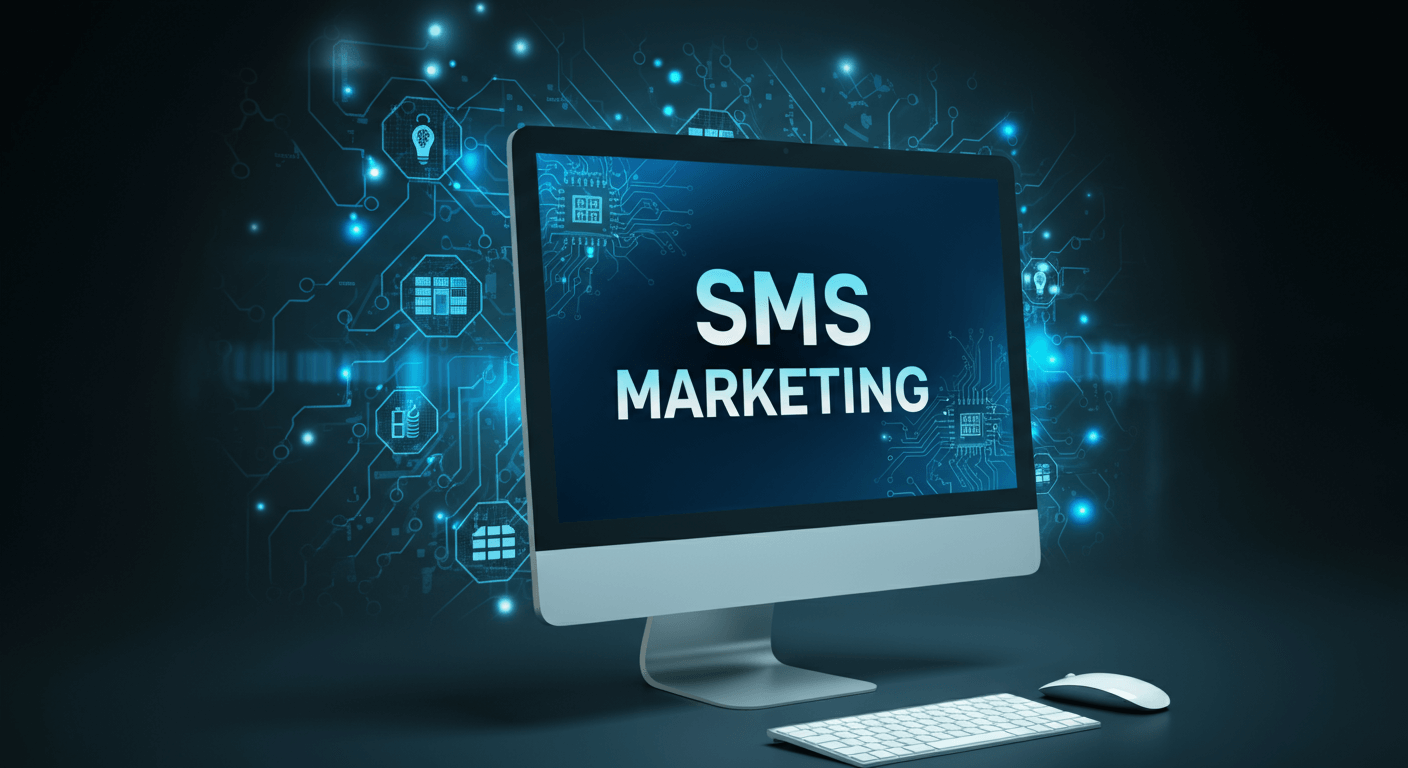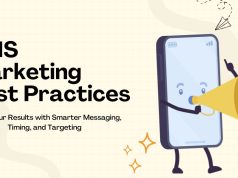Text message marketing delivers results that email marketers dream about. With open rates exceeding 98% and response rates of 45%, SMS marketing has become one of the most effective ways to reach customers directly. But knowing how to send marketing SMS correctly can make the difference between building customer relationships and facing hefty fines.
This comprehensive guide will walk you through everything you need to know about SMS marketing, from legal compliance to crafting messages that drive conversions. You’ll learn practical strategies, discover best practices, and get actionable tips to launch your first campaign with confidence.
Whether you’re new to text marketing or looking to improve your existing campaigns, this guide provides the roadmap to SMS marketing success.
Understanding SMS Marketing Fundamentals
SMS marketing involves sending promotional messages, alerts, and updates directly to customers’ mobile phones. Unlike email, which often gets buried in crowded inboxes, text messages appear immediately on the recipient’s screen.
The power of SMS lies in its immediacy and personal nature. People carry their phones everywhere and typically read text messages within three minutes of receiving them. This creates unprecedented opportunities for time-sensitive promotions, appointment reminders, and urgent communications.
However, SMS marketing operates under strict regulations. The personal nature of text messaging means consumers have strong legal protections against unwanted messages. Understanding these rules isn’t just good practice—it’s essential for avoiding significant penalties.
Legal Requirements for SMS Marketing
Before sending your first marketing text, you must comply with federal regulations. The Telephone Consumer Protection Act (TCPA) governs commercial text messaging and requires explicit consent from recipients.

Obtaining Proper Consent
You need written consent before sending marketing messages to any phone number. This consent must be clear, conspicuous, and specific to SMS marketing. Vague language or buried terms don’t qualify as proper consent.
Valid consent methods include:
- Online opt-in forms with clear SMS marketing language
- Text-to-join campaigns where customers text a keyword to subscribe
- Point-of-sale sign-ups with explicit SMS consent checkboxes
- Paper forms with dedicated SMS marketing sections
Avoid purchasing phone number lists or assuming existing customers want text messages. Even if someone provided their number for other purposes, you still need separate consent for marketing texts.
Required Disclosures
Every marketing message must include specific information to remain compliant. Include your business name or the name customers will recognize. Provide clear opt-out instructions, typically “Reply STOP to opt out.”
Your initial welcome message should include additional details like message frequency and potential data charges. For example: “Welcome to ABC Store alerts! Expect 2-4 msgs/month. Msg & data rates may apply. Reply STOP to opt out.”
Choosing an SMS Marketing Platform
Sending marketing texts through your personal phone won’t work for business purposes. You need a dedicated SMS marketing platform that handles compliance, delivery, and campaign management.

Key Platform Features
Look for platforms that offer automated compliance tools, contact management, and campaign scheduling. The best services provide pre-built templates, analytics tracking, and integration with your existing marketing tools.
Consider scalability when choosing a platform. Your SMS marketing needs will likely grow, so select a service that can handle increased volume without requiring a complete switch later.
Popular SMS Marketing Services
Several reputable platforms serve businesses of all sizes. Research options like Twilio, SimpleTexting, EZ Texting, and TextMagic. Compare pricing models, feature sets, and customer support quality before making your decision.
Many platforms offer free trials or starter plans. Take advantage of these opportunities to test functionality and ensure the platform meets your specific needs.
Building Your SMS Subscriber List
Growing your SMS list requires strategy and patience. Unlike email marketing, where people might subscribe casually, SMS subscribers are making a more significant commitment due to the personal nature of text messaging.
Effective List-Building Strategies
Create compelling reasons for customers to share their phone numbers. Exclusive discounts, early access to sales, or members-only content work well as incentives. Make the value proposition clear and immediate.
Promote your SMS list across multiple channels. Add opt-in forms to your website, mention it in email newsletters, and include sign-up opportunities at checkout or in-store. Social media can also drive SMS subscriptions through targeted campaigns.
Consider implementing keyword campaigns where customers text a specific word to join your list. For example, “Text DEALS to 12345 for exclusive offers.” This method works well for print advertising, radio spots, or in-store promotions.
List Quality Over Quantity
Focus on attracting genuinely interested subscribers rather than maximizing numbers. Engaged subscribers who want your messages will deliver better results than a large list of disinterested contacts.
Regularly clean your list by removing unresponsive numbers and honoring opt-out requests immediately. A smaller, engaged list outperforms a large, uninterested one every time.
Crafting Effective SMS Marketing Messages
SMS messages have a 160-character limit for standard text messages. This constraint forces you to communicate clearly and concisely. Every word must serve a purpose.

Writing Compelling Copy
Start with your most important information. Lead with the value proposition, discount amount, or key benefit before adding supporting details. Recipients should understand your message’s purpose within the first few words.
Use action-oriented language that creates urgency or excitement. Words like “exclusive,” “limited time,” and “today only” motivate immediate action. However, avoid overusing urgency tactics, as they lose effectiveness when used constantly.
Include a clear call-to-action that tells recipients exactly what to do next. Whether it’s visiting your store, clicking a link, or calling a number, make the next step obvious and easy to complete.
Personalization and Timing
Personalize messages when possible using the recipient’s name or purchase history. “Hi Sarah, your favorite items are 20% off today” performs better than generic promotional messages.
Timing significantly impacts SMS marketing success. Send messages when recipients are most likely to see and act on them. Generally, Tuesday through Thursday between 10 AM and 8 PM work well, but test different times to find what works for your audience.
Avoid sending messages too early in the morning, late at night, or during major holidays unless your message is specifically relevant to those times.
SMS Campaign Types and Strategies
Different message types serve different purposes in your overall marketing strategy. Understanding when and how to use each type maximizes your campaign effectiveness.
Promotional Messages
These messages promote sales, discounts, or special offers. Keep them focused on a single offer to avoid confusion. Include specific details like discount percentages, expiration dates, and redemption instructions.
Example: “Flash Sale! 30% off all summer styles today only. Show this text in-store or use code SUMMER30 online. Expires midnight.”
Transactional Messages
Transactional texts provide order updates, appointment confirmations, or service notifications. While primarily informational, these messages can include subtle promotional elements without being pushy.
Educational Content
Share helpful tips, how-to information, or industry insights that provide value beyond direct promotion. Educational messages build trust and keep your brand top-of-mind between promotional campaigns.
Measuring SMS Marketing Success
Track key metrics to understand your campaign performance and identify improvement opportunities. SMS marketing platforms typically provide detailed analytics for campaign analysis.
Important Metrics to Monitor
Delivery rate shows what percentage of messages successfully reached recipients. High-quality platforms typically achieve delivery rates above 95%. Low delivery rates might indicate list quality issues or platform problems.
Open rate measures how many recipients viewed your message. SMS open rates typically exceed 95%, much higher than email marketing. If your open rates are significantly lower, investigate timing or frequency issues.
Click-through rate applies when your messages include links. This metric shows how many recipients clicked your links relative to total messages sent. Industry averages vary, but rates between 10-30% are common for well-targeted campaigns.
Conversion Tracking
Connect your SMS campaigns to actual sales or desired actions. Use unique promo codes, dedicated landing pages, or campaign-specific phone numbers to track conversions accurately. This data helps calculate return on investment and justify SMS marketing spend.
Best Practices for Long-Term Success
Successful SMS marketing requires ongoing attention to subscriber preferences and changing regulations. Implement these best practices to maintain effective campaigns over time.
Frequency and Content Balance
Respect your subscribers’ attention by limiting message frequency. Most businesses succeed with 2-4 messages per month, though frequency depends on your industry and subscriber expectations. Monitor unsubscribe rates to gauge whether you’re sending too many messages.
Vary your content to keep subscribers engaged. Mix promotional offers with helpful information, company updates, or exclusive content. This approach prevents your messages from feeling like constant sales pitches.
List Maintenance and Growth
Regularly audit your subscriber list for inactive numbers and engagement patterns. Remove numbers that consistently don’t respond or have been inactive for extended periods. This practice improves delivery rates and reduces costs.
Continue growing your list through ongoing campaigns and incentives. SMS lists naturally shrink over time due to changed phone numbers and unsubscribes. Consistent growth efforts maintain list size and bring in fresh, engaged subscribers.
Taking Your SMS Marketing to the Next Level
SMS marketing success comes from understanding your audience, respecting their privacy, and consistently delivering value. Start with compliance and basic campaigns, then expand your strategy as you gain experience and confidence.
Remember that SMS marketing works best as part of an integrated marketing approach. Coordinate your text campaigns with email, social media, and other channels for maximum impact. Cross-channel consistency reinforces your message and improves overall campaign performance.
Begin planning your first SMS campaign by selecting a platform, creating opt-in opportunities, and drafting your initial messages. With proper preparation and attention to best practices, SMS marketing can become one of your most effective customer communication tools.
Implementing an SMS marketing strategy can greatly improve customer engagement and retention, especially when aligned with the right e-commerce infrastructure. If you’re still in the process of selecting or evaluating your online sales platform, understanding the current landscape is crucial. Our article on The E-Commerce Platform Market: Trends, Opportunities, and Choosing the Right Solution explores how to choose a platform that supports seamless marketing integrations—including SMS tools—to help you scale more effectively.









